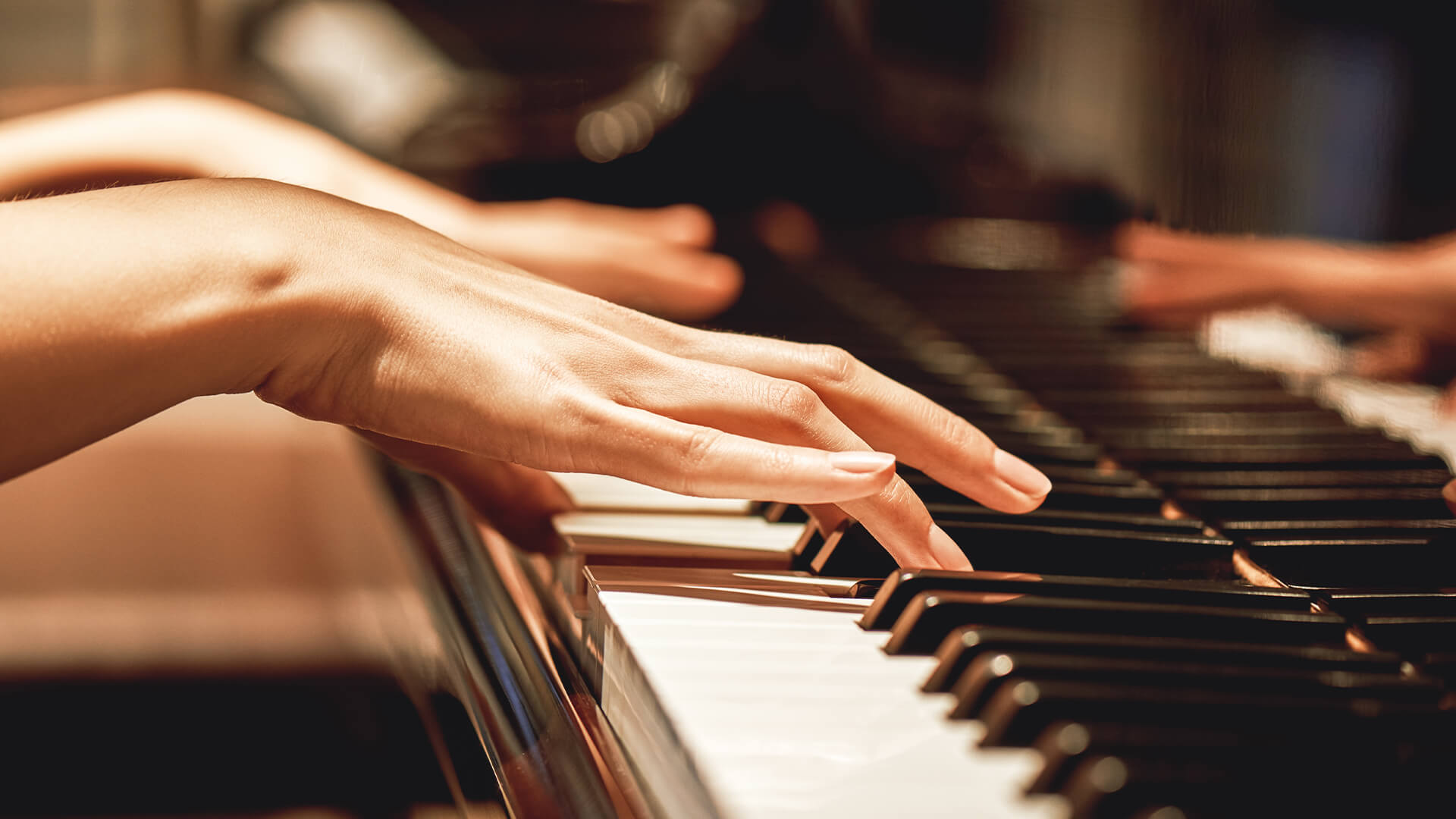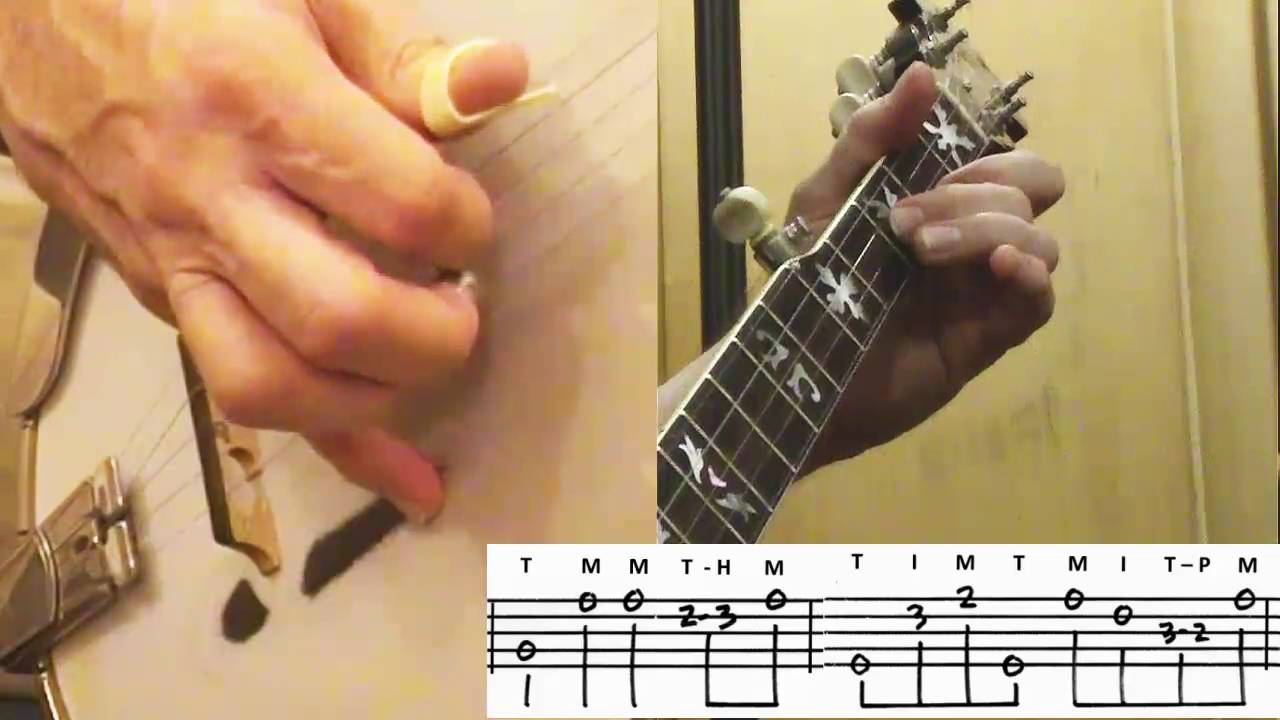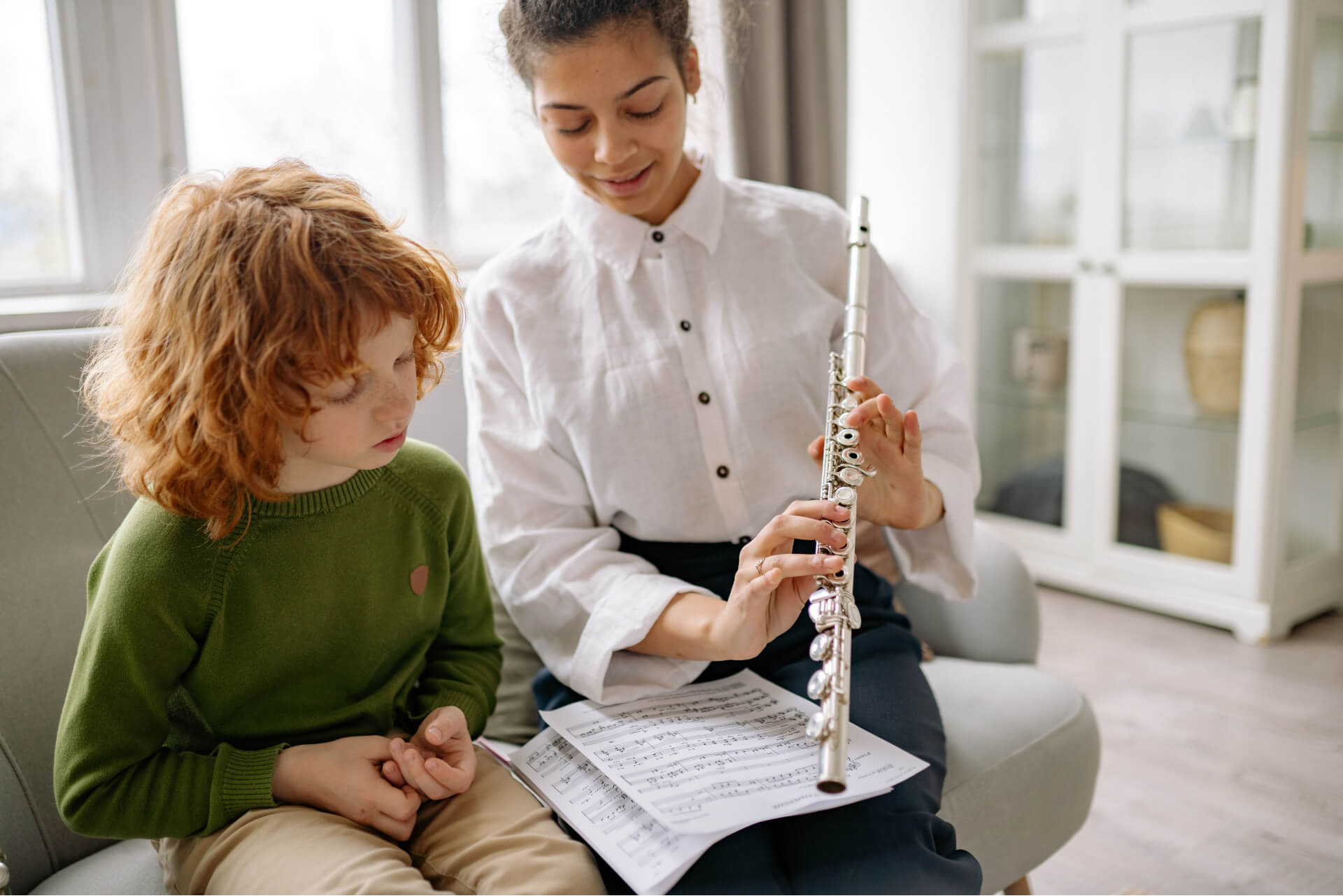How To Play The Piano Without Reading Sheet Music

How to play the piano without reading sheet music – Playing the piano is a beautiful and fulfilling endeavor that allows individuals to express themselves through music. While reading sheet music is a traditional approach to learning the piano, it is not the only path to musical proficiency.
Learning to play the piano without reading sheet music is important because it empowers you to express your creativity, develop your musical intuition, and connect with music on a deeper level. It enhances your versatility as a musician, allows for more expressive performances, and brings a sense of personal fulfillment. So, embrace the freedom and explore the joy of playing the piano without the limitations of sheet music.enoughinfo
Read Also: How To Play the Guitar For Kids
- Musical Freedom and Creativity: By freeing yourself from the constraints of sheet music, you open up a world of musical freedom and creativity. Playing without sheet music allows you to explore your own musical ideas, improvise, and express yourself more authentically. It enables you to add your personal touch to the music and create unique interpretations.
- Developing Musical Intuition: Playing without sheet music encourages you to rely on your ears and develop your musical intuition. It strengthens your ability to listen to and analyze music, recognize patterns, and understand the relationships between chords and melodies. This deepens your overall musicality and enhances your ability to play by ear.
- Versatility and Adaptability: When you can play without relying on sheet music, you become more versatile as a musician. You can adapt to different musical situations, collaborate with other musicians more effectively, and participate in jam sessions and improvisational performances. This flexibility allows you to engage with music in a more dynamic and interactive way.
- Expressiveness and Emotional Connection: Playing without sheet music enables you to connect with the music on a deeper emotional level. Without the constraints of written notation, you can focus more on expression, dynamics, and interpretation. This allows you to convey your emotions and connect with listeners in a more heartfelt and authentic manner.
- Practical Benefits: Learning to play without sheet music can also have practical benefits. It allows you to quickly learn and play popular songs, accompany singers or other instrumentalists, and engage in spontaneous musical moments. It can also be helpful in situations where sheet music is not readily available, such as playing in a casual setting or jamming with friends.
- Personal Growth and Satisfaction: Mastering the ability to play the piano without sheet music can be a deeply rewarding experience. It requires dedication, perseverance, and the development of important musical skills. As you progress and become more proficient, you’ll experience a sense of personal growth and satisfaction in your musical journey.
How to Play the Piano Without Reading Sheet Music: Unlocking Musical Creativity
In this comprehensive guide, we will explore the exciting world of playing the piano without reading sheet music. We will delve into alternative methods, practical techniques, and creative approaches that will empower you to unlock your musical potential and embrace a more intuitive and expressive way of playing.
Why Play the Piano Without Reading Sheet Music?
Playing the piano without relying on sheet music opens up a world of musical freedom and creativity. It allows you to focus on improvisation, self-expression, and developing your musical intuition. By bypassing the constraints of sheet music, you can explore different musical styles, experiment with chord progressions, and develop your unique playing style. It’s a way to connect more deeply with the piano, allowing your emotions and musical ideas to guide your playing.
Alternative Methods for Learning the Piano
Chord-Based Approaches: Chord-based methods focus on understanding and utilizing chords, which are the building blocks of music. By learning chord progressions, voicings, and inversions, you can play popular songs, accompany other musicians, and create your own arrangements. Chord charts and chord symbols become your roadmap for playing, freeing you from the need to read complex sheet music.
Improvisation and Ear Training: Emphasizing improvisation and ear training allows you to play the piano by listening and responding to the music around you. By developing a strong sense of pitch, rhythm, and harmony, you can play melodies, create variations, and improvise solos. This approach nurtures your musical ear and encourages you to trust your intuition and explore new musical ideas.
Learning from Tutorials and Videos: With the abundance of online tutorials and instructional videos, you can learn to play specific songs, techniques, and styles without relying on sheet music. Video lessons provide visual demonstrations and explanations, allowing you to learn songs step by step. This approach is particularly helpful for visual learners and those who prefer a more hands-on approach to learning.
Read Also: How to play guitar chords(All You Need To Know)
Developing a Musical Foundation
Understanding Chords and Scales: To play the piano without sheet music, it’s important to develop a strong foundation in chords and scales. Chords are a fundamental element of music and understanding their construction and relationship to each other is crucial. Start by learning basic major and minor chords and gradually progress to more complex chords, such as seventh chords and extended chords. Familiarize yourself with different chord inversions and voicings to add variety and richness to your playing. Additionally, learning scales and their patterns on the piano will enable you to navigate the keyboard with ease and improvise melodies.
Ear Training and Listening Skills: Ear training is a vital skill for playing the piano without sheet music. It involves training your ears to recognize and reproduce pitches, intervals, and melodies. Start by practicing simple exercises like identifying intervals and playing them on the piano. Gradually move on to recognizing chord progressions, melodies, and rhythms by ear. Actively listening to a wide range of music and trying to play along with songs by ear will greatly enhance your musical intuition and ability to play without sheet music.
Rhythm and Timing: Developing a strong sense of rhythm and timing is essential for playing the piano without relying on sheet music. Practice playing along with metronomes, drum tracks, or backing tracks to improve your timing skills. Experiment with different rhythmic patterns and explore syncopation to add groove and dynamics to your playing. Develop your own internal sense of rhythm and feel the music intuitively.
Practical Techniques for Playing Piano without Sheet Music
Chord Progressions and Accompaniment Patterns: Mastering various chord progressions and accompaniment patterns will allow you to play a wide range of songs without sheet music. Learn common progressions such as the I-IV-V or ii-V-I and experiment with different rhythmic patterns, inversions, and voicings. Practice transitioning smoothly between chords and focus on building muscle memory for commonly used progressions.
Melody Embellishments and Variations: Once you have a solid understanding of chords, you can experiment with embellishing melodies and adding variations. Explore different techniques such as arpeggios, trills, grace notes, and slides to bring your melodies to life. Experiment with dynamics, phrasing, and articulation to add your personal touch to the music.
Read Also: How to play the piano by ear(step-by-step guide)
Transposing and Modulating: Transposing involves playing a piece in a different key, while modulation refers to changing the key within a piece. Understanding these concepts will allow you to adapt songs to your preferred key or experiment with different tonalities. Practice transposing and modulating familiar songs to different keys to expand your musical repertoire and challenge yourself.How to play the piano without reading sheet music
Cultivating Creativity and Expressiveness
Improvisation and Musical Exploration: Improvisation is a powerful tool for playing the piano without sheet music. Set aside dedicated practice sessions to explore different scales, chords, and rhythms freely. Experiment with creating melodies, harmonies, and improvising solos. Give yourself the freedom to make mistakes and embrace the spontaneity of the creative process.
Composition and Songwriting: Another avenue for creative expression is composing your own music or writing songs. Start by experimenting with simple melodies and chord progressions and gradually develop them into full compositions. Songwriting allows you to combine your musical ideas with lyrics and create something truly unique.
Playing by Ear and Repertoire Building: Building a repertoire of songs that you can play by ear is a rewarding accomplishment. Listen closely to songs you enjoy and try to play them on the piano without referring to sheet music. Start with simpler songs and gradually tackle more complex pieces. Transcribe melodies and chords by ear and learn to play them on the piano. This process strengthens your ear training skills and broadens your musical horizons.
Read Also: How To Get Started With TikTok Advertising
Frequently Asked Questions
Can I learn to play the piano without reading sheet music?
Absolutely! Many pianists have become proficient without relying on sheet music. By focusing on chords, scales, improvisation, and ear training, you can develop the skills necessary to play the piano without reading sheet music.
Do I need prior musical experience to play without sheet music?
While prior musical experience can be beneficial, it is not a prerequisite. The techniques and methods discussed in this guide can be learned by individuals at any skill level, including beginners. Dedication, practice, and a passion for music are more important than prior experience.
How do I start learning chords and scales?
Start by learning basic major and minor chords and practicing them in different inversions and voicings. Familiarize yourself with major and minor scales and gradually expand your knowledge to include more advanced chords and scales. Online resources, tutorials, and piano method books can be helpful in guiding you through the learning process.
Is it possible to play complex pieces without sheet music?
Yes, it is possible to play complex pieces without sheet music. By developing strong ear training skills and utilizing chord-based approaches, you can analyze and recreate complex melodies and harmonies. It may require more time and practice, but with dedication, you can achieve impressive results.
Can I transition to reading sheet music in the future?
Certainly! Learning to play the piano without sheet music does not mean you are limited to that approach forever. In fact, many pianists who initially played without sheet music eventually incorporate reading sheet music into their repertoire. The skills you develop through chord-based playing, ear training, and improvisation will enhance your ability to read and interpret sheet music when you decide to pursue it.
Read Also: How AI Voice Cloning Works And How To Use It
Conclusion
Playing the piano without reading sheet music opens up a world of musical possibilities and encourages creative expression. By embracing alternative learning methods, developing a solid musical foundation, and exploring practical techniques, you can become a proficient and versatile pianist. Remember to cultivate your ear training skills, experiment with chord progressions, and nurture your creativity through improvisation and composition. The joy of playing the piano lies not only in the notes on a page but in the freedom to explore and create music that resonates with your soul. So, unleash your musical potential, play with passion, and enjoy the journey of playing the piano without sheet music.


